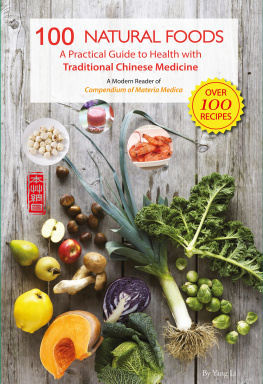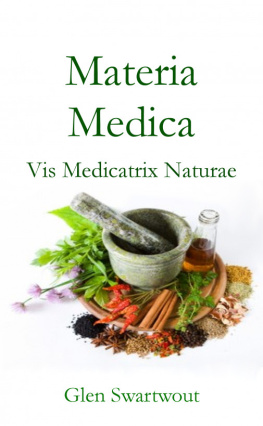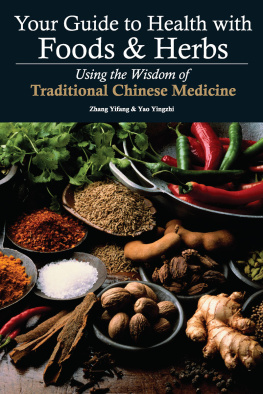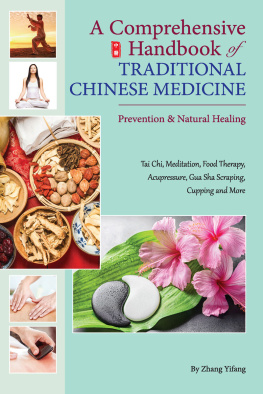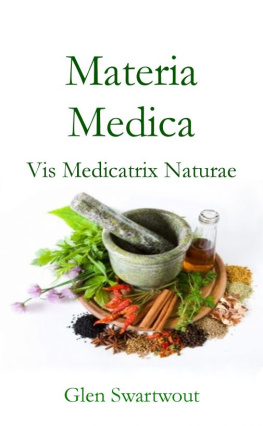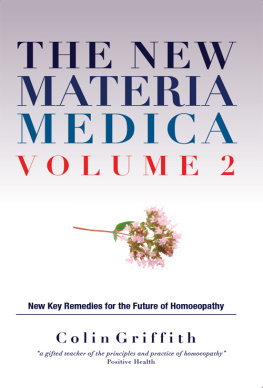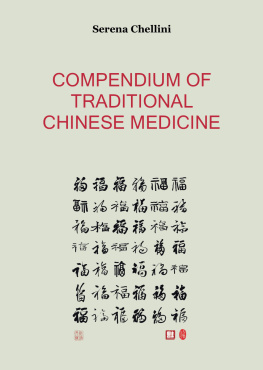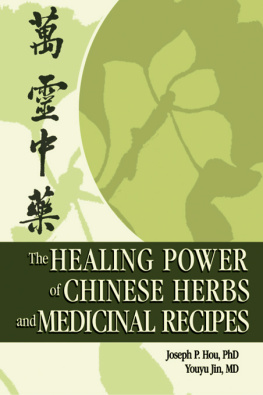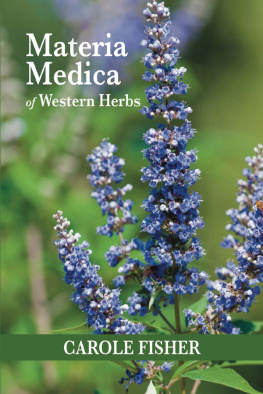Editors note: For your convenience, we have listed ingredient amounts in two measurement systems, printing both grams and ounces. Readers should feel free to modify the quantity of various ingredients according to their own preferences and dietary habits.
Copyright 2019 by Shanghai Press and Publishing Development Co., Ltd. Chinese edition 2013 Chemical Industry Press
All rights reserved. Unauthorized reproduction, in any manner, is prohibited.
This book is edited and designed by the Editorial Committee of Cultural China series.
Text by Yang Li
Translation by Cao Jianxin
Design by Wang Wei
Copy Editors: Yang Xiaohe (Chinese), Gretchen Zampogna (English)
Editor: Cao Yue
Editorial Director: Zhang Yicong
Senior Consultants: Sun Yong, Wu Ying, Yang Xinci
Managing Director and Publisher: Wang Youbu
ISBN: 978-1-60220-167-5
Address any comments about 100 Natural Foods: A Practical Guide to Health with Traditional Chinese Medicine to:
Better Link Press
99 Park Ave
New York, NY 10016
USA
or
Shanghai Press and Publishing Development Co., Ltd.
F 7 Donghu Road, Shanghai, China (200031)
Email:
Printed in China by Shanghai Donnelley Printing Co., Ltd.
1 3 5 7 9 10 8 6 4 2
The material in this book is provided for informational purposes only and is not intended as medical advice. The information contained in this book should not be used to diagnose or treat any illness, disorder, disease or health problem. Always consult your physician or health care provider before beginning any treatment of any illness, disorder or injury. Use of this book, advice, and information contained in this book is at the sole choice and risk of the reader.
Quanjing provides the images on .

Introduction
I ts common knowledge that every medicine has side effects. However, when people dont understand these side effects, they can often misuse drugs, resulting in many adverse consequences.
Instead of emphasizing drug therapy, Traditional Chinese Medicine (TCM) has focused on using food for health preservation since ancient times. Most doctors in the past have advocated that drug therapy is not as good as food therapy. It is better to have three carefully considered meals a day than to take medicine to prevent or cure illness. During the Ming Dynasty (13681644), great medical scientist and naturalist Li Shizhen (15181593) expressed this idea in the Compendium of Materia Medica. Today people are increasingly recognizing food therapy as the key to enhancing the human bodys resistance.
In examining traditional health-preserving recipes, we will find that many common ingredients have unusual medicinal and health-preserving functions. Eating the right food at the right time is the best way to keep fit. Food therapy is not only more economical than drug therapy, but more importantly, the materials used in food therapy are natural, without side effects on the body.
Food ingredients are of great importance to human health in both ordinary times and after an illness. Although taking nutritional supplements after illness can be necessary due to physical weakness, there may be cases when one is too weak to be tonified. Eating nourishing food to build up ones body during healthy times can enhance ones health and reduce the incidence of disease. Of course, whether taking tonics in ordinary times or taking food therapy after illness, one should choose suitable food therapies based on ones physical conditions, symptoms and age.
These ideas are explored in the Compendium of Materia Medica, which is not only a medical work, but also a collection of healthy recipes. This TCM classic was also praised by Darwin (18091882) as the oriental masterpiece in medicine. It contains 1,892 medicines and more than 11,000 prescriptions. The book divides medicines into three types: mineral medicines, botanical medicines and animal medicines, each of which is divided into 16 classes and further divided into 60 categories, thus forming a sophisticated scientific classification system following the biological evolutionary laws from inorganic to organic, from simple to complex, and from low to high. The achievement of the Compendium of Materia Medica is that its not only a masterpiece of pharmacy, but it also covers extensive topics and makes outstanding contributions to the fields of biology, chemistry, geology, astronomy, and more. It is also an encyclopedia and a masterpiece of ancient Chinas natural history.
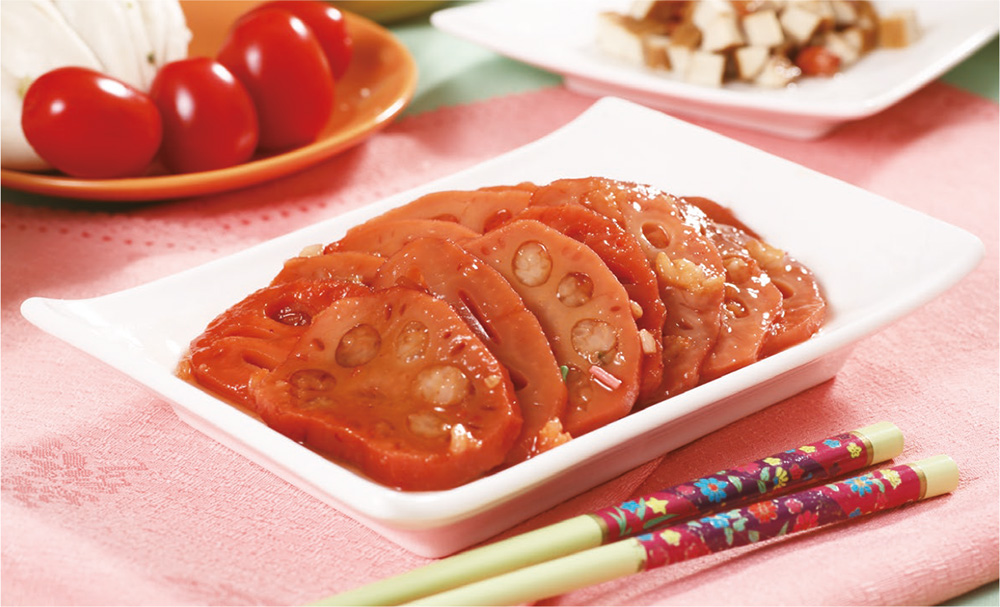
Fig. 3 Honeydew Sweet Lotus Root, see for the recipe.
Through personal practice and rigorous research, Li Shizhen detailed the name, origin, form, cultivation, collection, processing methods, preservation methods, medicinal properties, main indications, prescriptions and other aspects when explaining each drug, presenting detailed and scientific drug knowledge. In this medical classic, there are a great many food-based medicines derived from fruits, vegetables, grains, fish, nuts, drinks, etc., that people still eat today. Opening this ancient tome, you will find that Li Shizhen not only describes food, but also connects people and food naturally, telling readers what kind of food is useful to what kind of people and who should eat more, so that people can learn to choose food that is good for themselves and achieve the effect of food therapy in the broadest sense. Learning to use the food therapy in the Compendium of Materia Medica will help you better control your health. Therefore, this book explores the essence of the Compendium of Materia Medica by choosing nearly 100 kinds of food that can be seen everywhere in life, from the perspective of using ancient knowledge in a modern way, combining the dietary habits of contemporary people and the convenience of available ingredients. Note that some of the ingredients in this book are easy to find online, and others might be found only in specialty Asian markets. This book continues the wisdom of food therapy in the Traditional Chinese Medicine presented in the Compendium of Materia Medica, advocating health preservation and disease prevention by using the medicinal effects of pure natural foods.
Chapter One of this book explains the relationship among the properties, colors and tastes of different food and the internal organs of the human body, the laws of diet in each season and the methods of judging your own constitution in a refined and easy-to-understand way. Starting from Chapter Two, this book introduces nearly 100 kinds of food divided into eight major categories: grains, vegetables, fruits, meat, drinks, etc., with each category listed in a separate chapter, then comprehensively introduces the health effects of each food and presents rich dietary knowledge, guiding you to lasting health derived from natural foods.
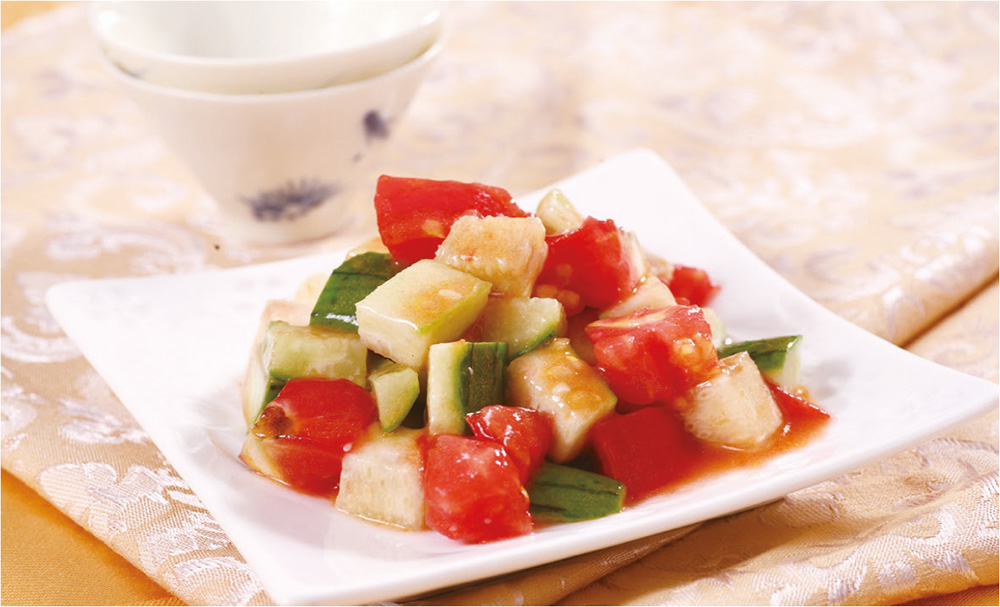
Fig. 4 Tomatoes and Loofahs, see for the recipe.
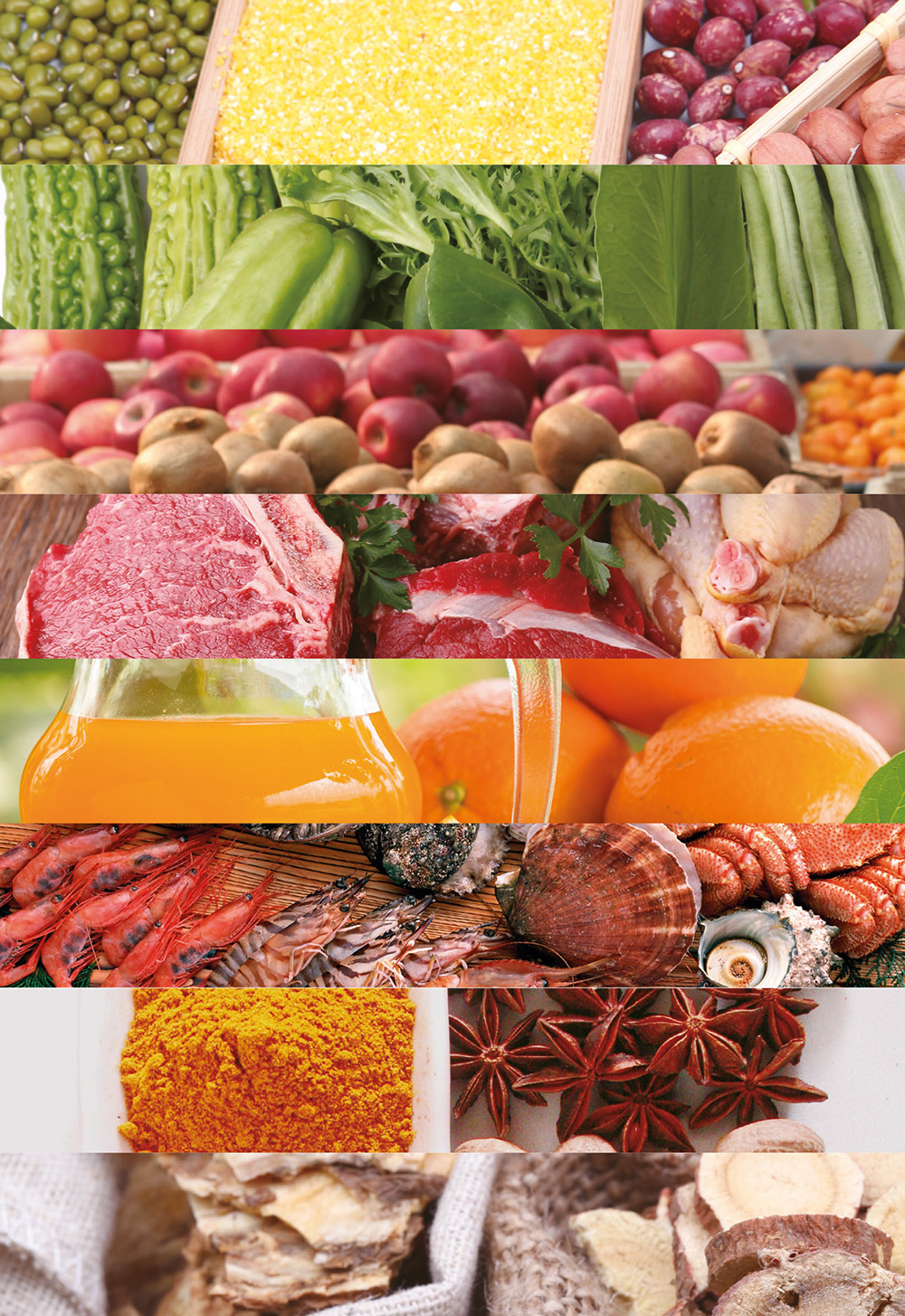
Chapter One
Choose the Right Food
W ith so many ingredients to choose from in daily life, are you ever confused when deciding which food is right for you? It might help to understand that the color and taste of each natural food ingredient have their own unique health effects and can nourish corresponding organs. For example, in terms of color, red food nourishes the heart and green food nourishes the liver; in terms of taste, sweet food nourishes the spleen, while salty food nourishes the kidneys. Food also has different properties. Some food can warm your body while some can help you clear your heat. You need to judge which food can help you according to your own constitution and physical conditions. In addition, the changing seasons also affect our bodies to different degrees. You should follow specific health preservation rules in each season to align your body with Mother Nature and maximize your health. Such knowledge of food therapy is detailed in the

